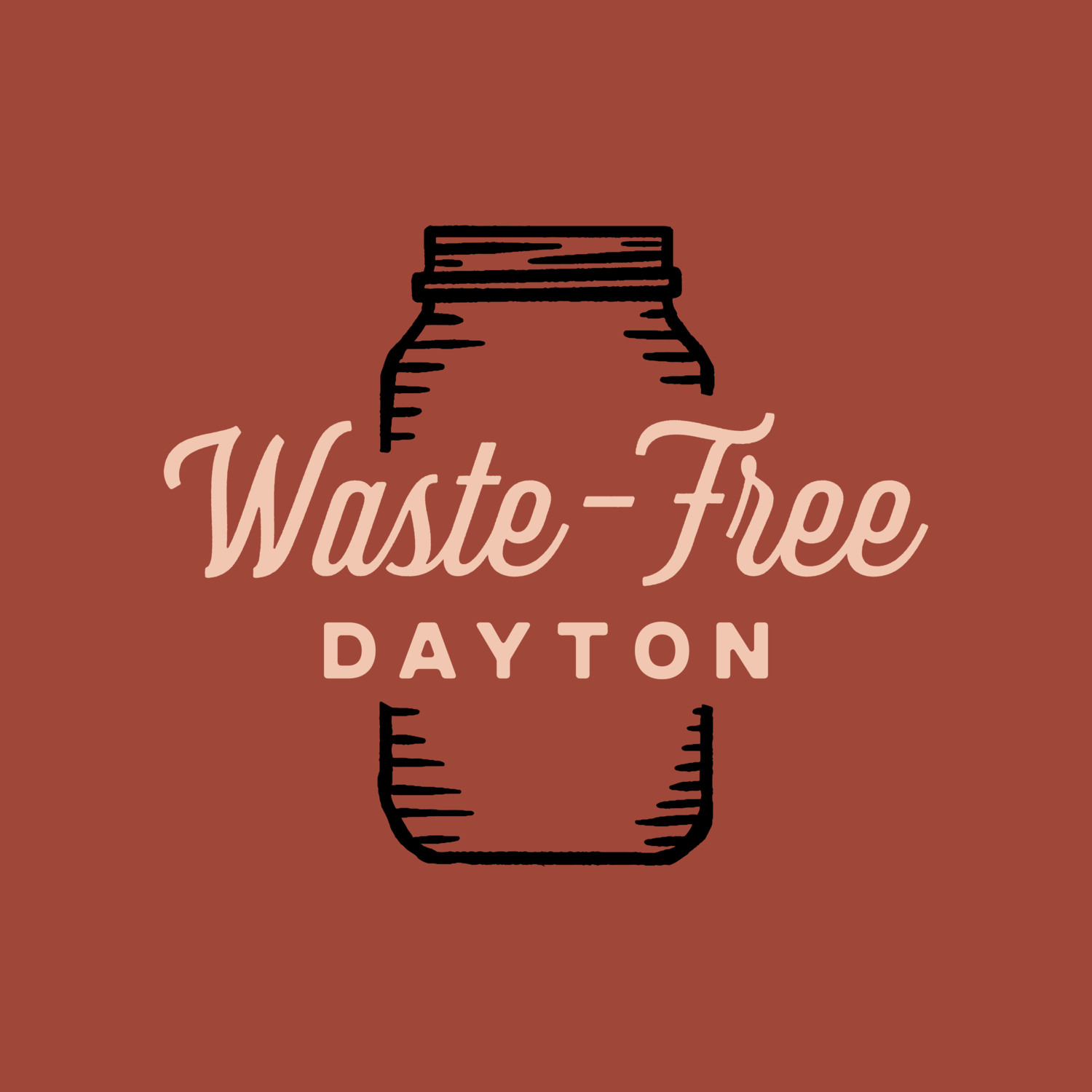Why We’re Hopeful About the Inflation Reduction Act
After experiencing so many ups and downs emotionally as a climate and sustainability activist over the last few years (e.g. the U.S. withdraws from the Paris Agreement, then the U.S. is back in the Agreement; hope for a Green New Deal, those hopes dashed), the United States Congress finally passed a significant piece of legislation earlier this month to address climate change, which President Biden signed into law on August 16th. Finally, something to cheer about! To be clear up front, the provisions in the Inflation Reduction Act of 2022 to deal with our changing climate, which we will highlight below, do not go far enough, but it is this country’s first meaningful move to lower our carbon emissions, and it represents our largest single investment in climate solutions in history.
What does the Inflation Reduction Act (IRA) do?
There will be some resources linked at the bottom of this post if you would like to read more about the law, but here are a few of the significant highlights and provisions:
Provides a total of $369 billion in funding for energy and climate projects, which would help reduce US carbon emissions 40% by 2030, which includes…
Incentives for consumers to install heat pumps and solar panels, and buying electric vehicles ($7500 credit for new, $4000 for used)
$60 billion for environmental justice initiatives
Industry wide limits on methane leakage (methane is the 2nd most problematic climate pollutant after CO2, but it is 86 times more powerful over a 20 year period)
Tax credit for clean energy companies to deploy more wind, solar, and batteries on the grid
Funds for climate solutions in rural communities, such as climate-smart agriculture practices
Making affordable housing more energy efficient
Where does the IRA fall short?
Our country’s target for reducing greenhouse gas emissions by 2030, in line with the Paris Agreement to keep the global temperature rise below 1.5 degrees Celsius, and the pledge by this current administration at its outset, is a 50% to 52% reduction. The 40% reduction that should result from the IRA gets us part of the way there, but we will need to do more take us the distance. One of the more negative aspects of the bill is that it keeps us tied to the fossil fuel industry longer. In order to secure the support of Senator Joe Manchin (WV), one of the compromises in the bill was to still allow new investments in fossil fuel projects, like new drilling offshore and on federal lands. Keeping the door open to new fossil fuel projects led many grassroots organizations to reject the bill, who say that the harm to communities near fossil fuel sites will outweigh the benefits (source: NPR, August 17, 2022, “The spending bill will cut emissions, but marginalized groups feel they were sold out”). Finally, the IRA does nothing to address this country’s continued dependence on plastics. As we move more towards green energy, oil companies will want and need to find alternative sources of income, which will mean producing more plastic. As we have seen, recycling has not been and never will be the solution to our plastic pollution crisis. We will need more action, perhaps at the state and local level, to curtail the use of plastics, and prevent the harmful pollution that comes first from the production of plastic, and later when the plastic ends up in landfills or our waterways.
The bottom line, the Inflation Reduction Act gives us hope that the U.S. will take meaningful steps to address climate change. It’s not the Green New Deal, and it’s less than the $555 billion for addressing climate change in the Build Back Better Act, but it’s a step in the right direction. We need to continue to move away from fossil fuels towards clean energy, and we need to ensure that poor communities and communities of Black, Indigenous and people of color have the representation they deserve on environmental justice issues. And we will continue to advocate for sustainable alternatives to plastic, and to urge companies to take more of the responsibility for the plastic pollution crisis, instead of accepting the same old thinking of recycling more and better.
Resources for further reading:

